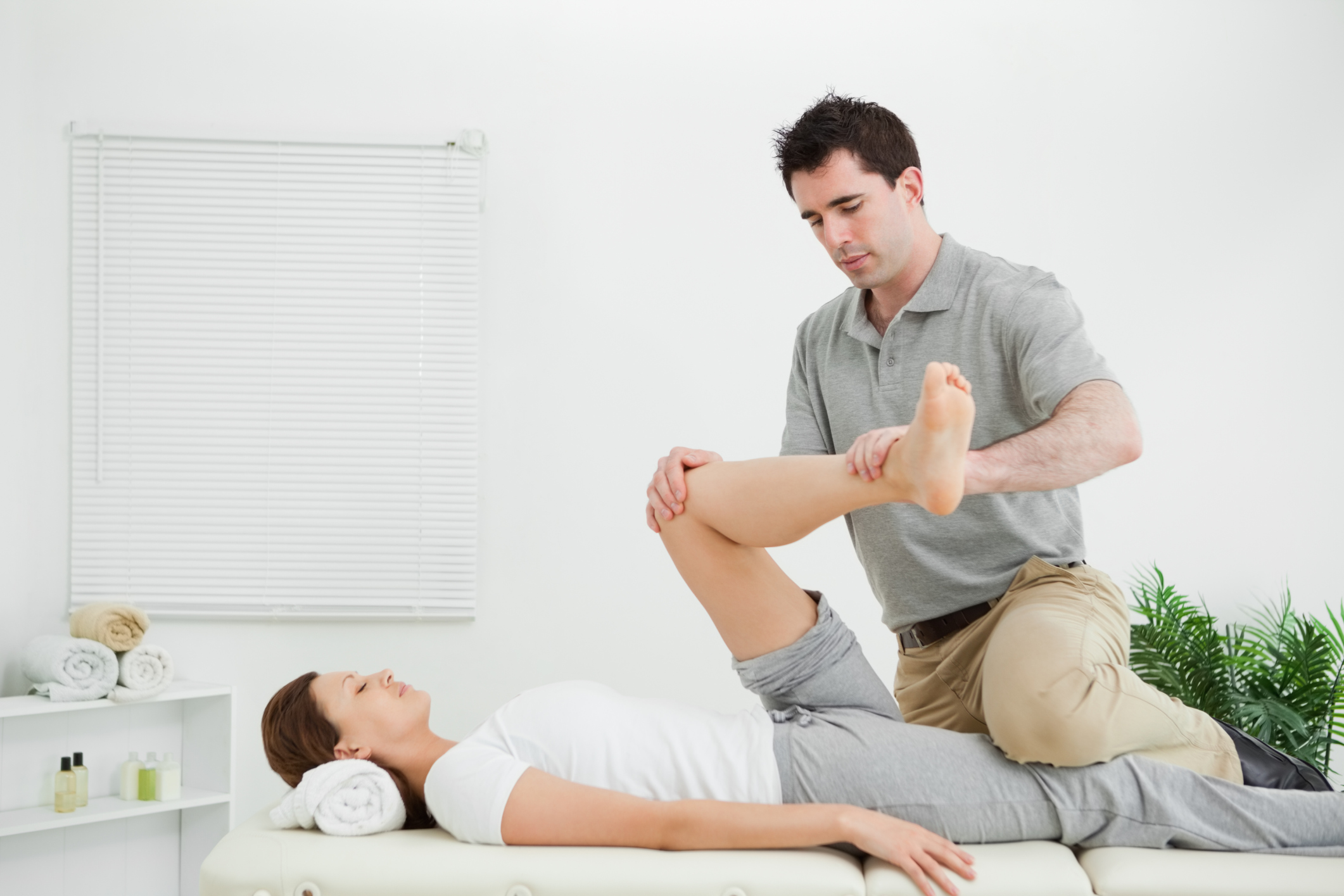
Running along the back of the thigh from the pelvis to the shin, the hamstring muscles are responsible for bending the knee, along with moving the hip and other lower extremities. Thus, when a hamstring is strained, or pulled, the rest of the body can be affected. With a hamstring strain, pain and mobility indicate the seriousness of the injury. Because a treatment protocol depends on the degree of the strain, it is important to know which type of hamstring injury you have sustained.
- First-degree (mild) strains involve the tearing of only a small number of muscle fibers. There might be some swelling and mild pain, but you should still be able to move your leg normally, even if the muscles feel a bit tight.
- Second-degree (moderate) strain is a larger, more complicated tear, often involving blood vessels as well as muscle. You will know that you are dealing with a more serious injury because you may not be able to walk or even move your leg without feeling significant pain.
- Third-degree (severe) strain can be a serious medical emergency. The muscle tears completely from end to end, causing severe pain and extremely limited or no mobility. This is one of those situations where a visit to the doctor would be in order.
For first- and second-degree strains, you can control inflammation with RICE: Rest, Ice, Compression with an elastic wrap or bandage, and Elevation within two to four days following the injury. During this initial phase, you can also engage in exercises involving easy motion of the lower leg, such as kicking and walking in the water and riding a stationary bicycle. Unless you have suffered an extreme tear, most treatment plans involve gentle stretching and strengthening exercises starting a few days after the injury. Slowly and regularly, activity and range-of-motion exercises will increase. A physical therapy program tailored to the type of injury your hamstring has sustained may also focus on improving your overall physical condition. Strengthening the body’s core and increasing overall agility can help prevent future hamstring injuries and get you back to normal activity sooner. But “sooner” may still be six to twelve weeks away, so be patient—your hamstrings will thank you for it!









